Connie
Smith

-
Inducted2012
-
Born
August 14, 1941
-
Birthplace
Elkhart, Indiana
Since her recording debut in 1964, Grand Ole Opry star Connie Smith has been widely and consistently acclaimed as on of country music’s premier vocalists. Her occasional reluctance to embrace celebrity marks her career almost as much as her inimitable talents.
After launching her career with a debut #1 single, Smith at times looked upon stardom with ambivalence. She didn’t focus on scaling the heights of the entertainment industry with the single-minded tenacity shown by some artists of her generation. Smith struggled with the demands of professional entertaining, especially leaving her children to travel and perform, but while these internal dilemmas interrupted her momentum, they also brought depth to her music’s emotional content.
Connie Smith’s Early Years
Born Constance June Meador on August 14, 1941, Smith grew up in West Virginia and Ohio in a family of fourteen children. Her parents were migrant farm workers and times were often hard, so Smith escaped by listening obsessively to the radio, especially the Grand Ole Opry. She has cited Kitty Wells and Jean Shepard as favorites, as well as jazz singers Sarah Vaughan and Nancy Wilson, and her voice shows both the straightforward spirit of her country idols and the moody inflections culled from jazz artists.
As a young music fan, Smith taught herself to play acoustic guitar at age eighteen, while recuperating from a lawnmower accident. She began singing at local events, eventually joining the cast of a regional TV program, Saturday Night Jamboree, on WSAZ in Huntington, West Virginia. In August 1963, Smith won a talent contest in Columbus, Ohio, earning a performing spot that evening in a concert featuring members of the Grand Ole Opry. During the concert, headliner Bill Anderson noticed Smith’s talent.
Songs
00:00 / 00:00
00:00 / 00:00
00:00 / 00:00
Ushered to Nashville, Thanks to Bill Anderson
Anderson heard Smith sing again on a shared New Year’s Day bill in Canton, Ohio, and after the show, he encouraged her to come to Nashville. With Anderson’s help, Smith performed on the Ernest Tubb Record Shop’s Midnite Jamboree in March 1964. That May, she returned to Nashville and cut four demos of Anderson’s songs, which led Chet Atkins to sign Smith to RCA Records.
Smith went into the studio with RCA staff producer Bob Ferguson, who would become an important studio collaborator. She cut the Anderson-written “Once a Day” in July 1964 at RCA Studio B; issued as her first single, it spent eight weeks at #1.
In 1965, Smith joined the Grand Ole Opry, where she has remained a fan favorite for decades. She achieved nineteen Top Ten hits through 1973, establishing herself as a singer of consistent quality and rare emotional impact. Her material leaned heavily toward standard themes of lost love and heartache, as exemplified by such classic hits as Anderson’s “Then and Only Then” and Dallas Frazier’s “Ain’t Had No Lovin’,” but she also cut darkly personal songs, including “Ribbon of Darkness” and “The Last Letter.”
Many of Smith’s most effective hits featured straight-ahead country arrangements highlighted by Weldon Myrick’s pedal steel guitar. She also favored certain songwriters throughout her career: she regularly recorded songs written by her early mentor, Anderson, as well as those of Frazier, who had a hand in writing more than sixty songs that Smith recorded over the years.
Videos
“Ribbon of Darkness”
Nashville Now, 1983
“I Can’t Remember”
The Jimmy Dean Show, 1965
Connie Smith has cited Kitty Wells and Jean Shepard as favorites, as well as jazz singers Sarah Vaughan and Nancy Wilson, and her voice shows both the straightforward spirit of her country idols and the moody inflections culled from jazz artists.
Photos
-

Connie Smith, c. 1960s.
-
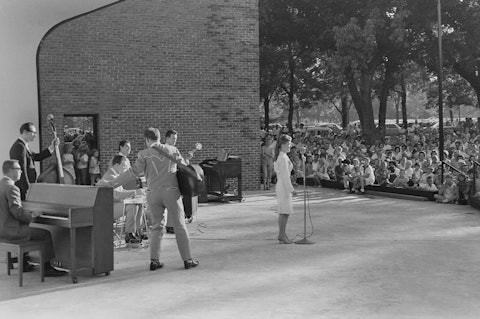
Connie Smith and the Po’ Boys perform at Nashville’s Centennial Park Bandshell, 1964.
-

Connie Smith with Bill Anderson (left) and Bob Ferguson (right), at RCA Studio B, 1964.
-
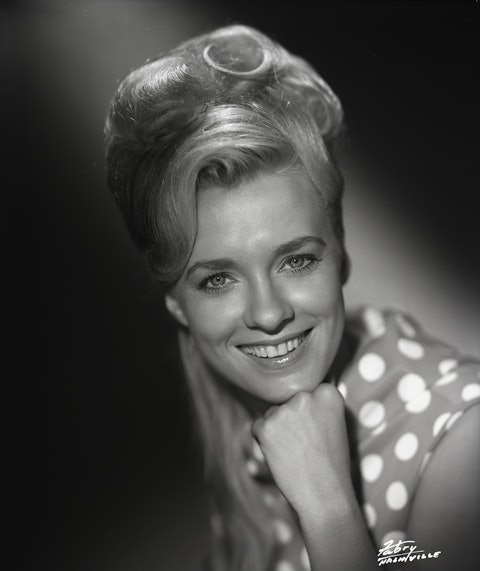
Connie Smith, 1967. Photo by Walden S. Fabry Studios.
-

Connie Smith and the Sundowners, 1967. Photo by Walden S. Fabry Studios.
-
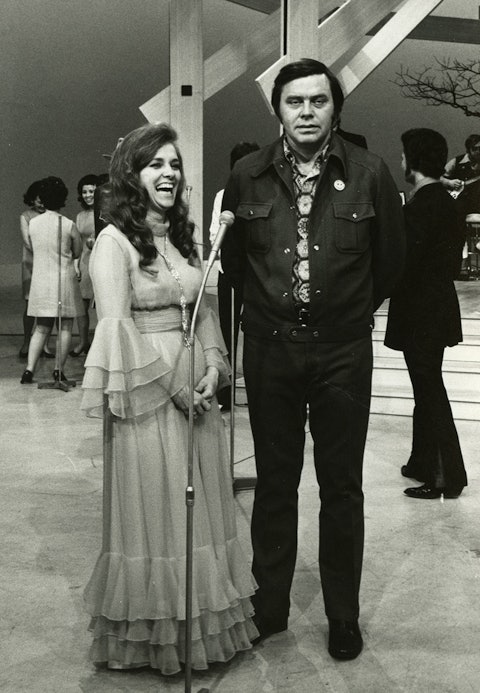
Connie Smith and Tom T. Hall on a television studio set during a Country Music Association/UNICEF tour of Japan, 1972. Photo by Seiji Wada.
-
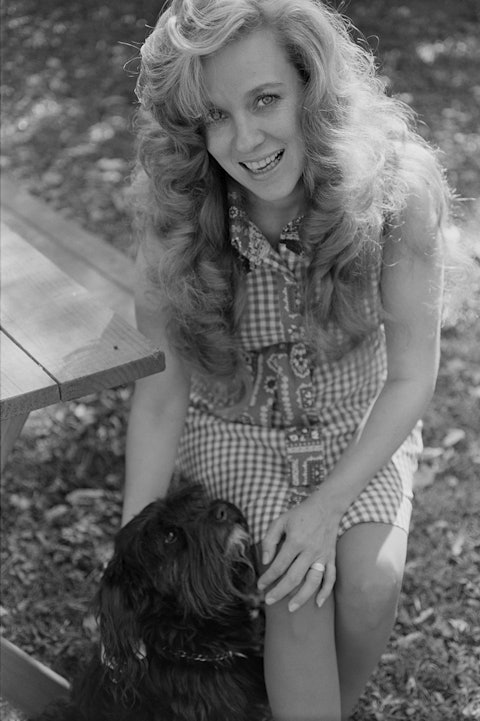
Connie Smith, 1975. Photo by Raeanne Rubenstein.
-
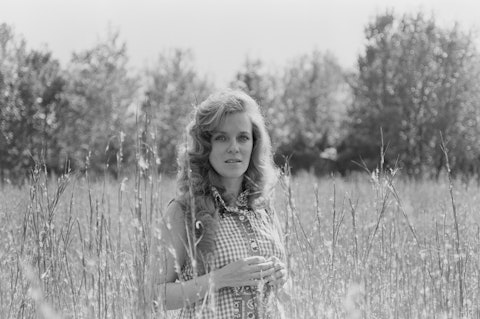
Connie Smith, 1975. Photo by Raeanne Rubenstein.
-

Connie Smith, 1984. Photo by Walden S. Fabry Studios.
-
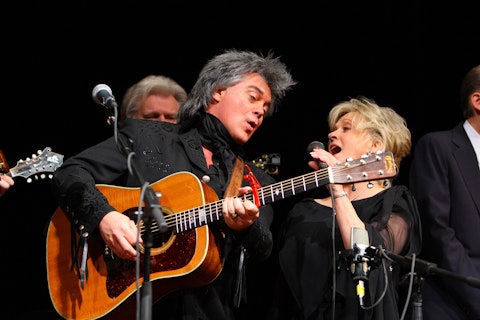
Connie Smith and Marty Stuart perform at the Country Music Hall of Fame and Museum’s Ford Theater, 2008.
Focusing on Family and Faith
Despite the impact of her work, Smith felt the strong pull of family and religion on her heart. After switching to Columbia Records in 1973, she devoted more energy to religious songs and less time to the road. She even specified in her Columbia contract that she be allowed to record one gospel album a year. Throughout her career, her concerts have included spiritual showstoppers, such as “How Great Thou Art” and “Peace in the Valley.”
After leaving Columbia, Smith recorded for Monument Records in the late 1970s. She recorded less frequently after 1980 but remained an Opry favorite. In 1998, she released a self-titled Warner Bros. album produced by Marty Stuart, whom she had married the previous year.
Smith’s talents remain strong, as anyone who hears her sing can attest. Her 2011 album, Long Line of Heartaches, also produced by Stuart and released by Sugar Hill Records, once more brought her critical acclaim and a new generation of fans. The album affirmed why traditional country music is such a potent expression of basic human feeling—and why Smith is one of its greatest communicators.
Smith’s high standing in the country music world was acknowledged when she became the Country Music Hall of Fame and Museum’s first female artist-in-residence in 2011, one year prior to her election to the Country Music Hall of Fame. Also in 2011, country kingpin Merle Haggard verified Smith’s bona fides in “Too Much Boogie Woogie,” a song on his Working in Tennessee album: “Some of this mess they call country music ought to be down in the big abyss. There’s too much boogie woogie and not enough Connie Smith.”
—Daniel Cooper
Adapted from the Country Music Hall of Fame® and Museum’s Encyclopedia of Country Music, published by Oxford University Press




